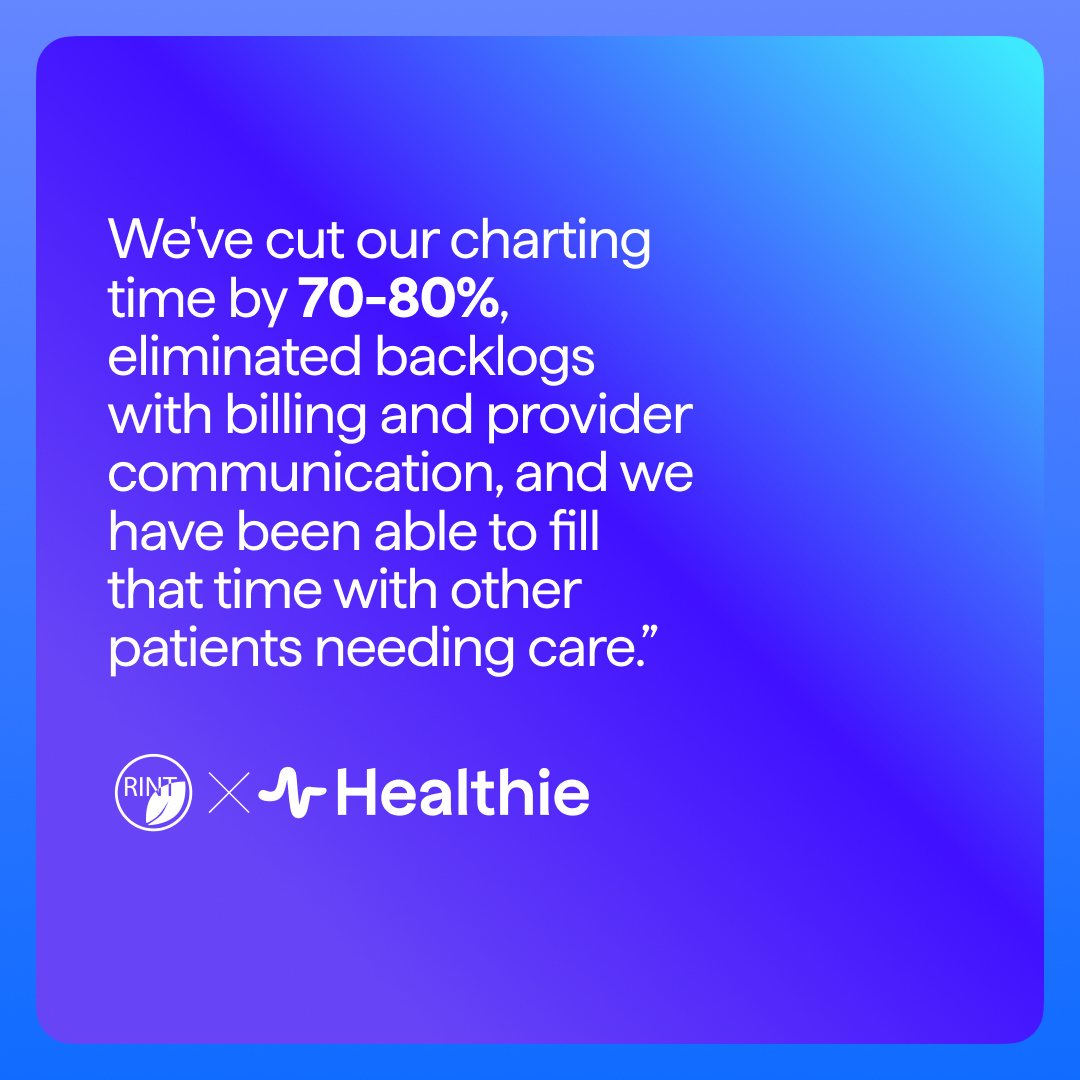

3 things to know about physician practice management
Practice management for doctors is key no matter what size your practice is. Discover Healthie's valuable physician practice management services.
As aphysician, your primary concern is providing the best care possible for your patients. However, achieving this goal requires more than just medical expertise. It also involves effectively managing your practice to ensure that everything runs smoothly and efficiently. Physician practice management encompasses a variety of tasks that support both the physicians and the patient experience. In this article, we will discuss the three critical focuses for successfully managing a practice: high-functioning clinical workflows, streamlined administrative tasks, and meaningful patient engagement.
Creating high-functioning clinical workflows
A high-functioning clinical workflow is crucial for the smooth and efficient operation of any physician practice management. Clinical workflows refer to the sequence of steps that a patient goes through when receiving medical care. An effective clinical workflow should be designed to maximize efficiency, minimize waiting times, and reduce errors. This is critical in ensuring that physicians’ time is being used effectively, and benefits patients as well.
One way to improve clinical workflows is by using electronic health records (EHRs). EHRs allow physicians to access patient information quickly and easily, reducing the need for physical paperwork and improving the accuracy of medical records. EHRs within physician management services also allow for the efficient sharing of patient information between healthcare providers, ensuring that everyone involved in a patient's care is aware of their medical history and treatment plan.
Another essential aspect of high-functioning clinical workflows is communication. Effective communication between physicians, nurses, and other healthcare providers is essential for ensuring that patients receive the best possible care. This communication can be facilitated by implementing regular team meetings, check-ins, and other forms of collaboration. Some EHR and physician practice management solutions are built with this in mind - allowing easy communication and sharing of notes amongst physicians in one practice, or across multiple locations.
{{free-trial-signup}}
Streamlining administrative tasks
The administrative tasks involved in running a medical practice can be time-consuming and overwhelming. From scheduling appointments to managing finances, these tasks are critical to the smooth operation of a practice, but they can also be a significant source of stress for physicians and staff.
To streamline administrative tasks, practices can consider implementing physician practice management services that automate processes and reduce the need for manual input. For example, appointment scheduling software can help reduce no-shows and improve patient satisfaction by allowing patients to schedule and manage appointments online.
Another essential aspect of streamlining administrative tasks is having automated procedures in place. Having standardized protocols for tasks such as patient check-in and discharge can help ensure that these processes run smoothly and efficiently, reducing the potential for errors and confusion.
Inputting a meaningful patient experience
Finally, meaningful patient engagement is critical to the success of any practice management for doctors. Patient engagement refers to the level of involvement that patients have in their own care, including their understanding of their health status and treatment options.
There are many ways to improve patient engagement, including providing patients with access to educational materials and resources, implementing patient portals that allow patients to view their medical records and test results, making medical care more accessible by telehealth and chat features, and encouraging patients to ask questions and provide feedback on their care.
One effective way to promote meaningful patient engagement is by incorporating patient feedback into the design and implementation of clinical workflows. By soliciting patient feedback and incorporating it into the development of workflows, practices can ensure that they are providing patient-centered care that meets the needs and expectations of their patients.
What is a practice management system in healthcare?
By implementing best practices in each of the aforementioned areas, practices can ensure that they are providing the best possible care for their patients while also running a successful and efficient operation. Fortunately for practice managers, highly capable software solutions, such as Healthie, are designed to remove the burden of manual tasks and instead provide a modern platform to be used by physicians, administrators and patients alike.
Healthie’s EHR and Patient Engagement Platform is a secure solution designed to simplify clinician workflows, automate time-consuming administrative tasks such as billing, scheduling, and patient onboarding, & create a high-value experience for patients. Learn more about Healthie’s physician management services.
Physicians who prioritize these areas in their primary care practice management can expect to see improvements in patient outcomes, staff satisfaction, and overall practice performance. As the healthcare industry continues to evolve, it is essential that medical practices stay up-to-date with the latest trends and technologies to ensure that they are providing the highest quality care possible.





